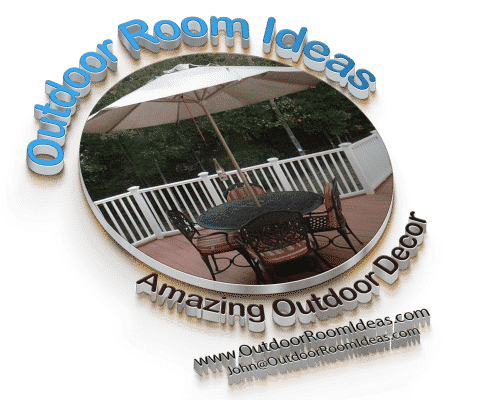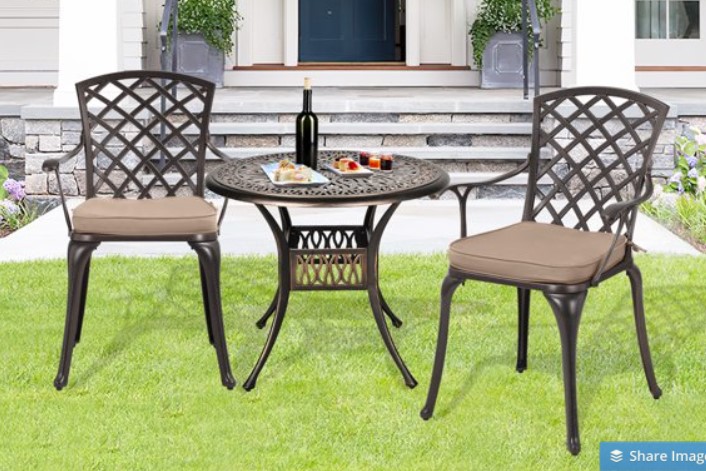Small outdoor spaces can feel a bit overwhelming at first. It's tough to imagine how much you can do with just a tiny patio, balcony, or backyard. But a creative approach to design can turn any small area into a functional and pleasing retreat. In this article, I share ideas on how to maximize your small outdoor space using smart furniture choices, innovative storage ideas, vertical gardening, and clever decor touches that make the area feel much larger than it is.
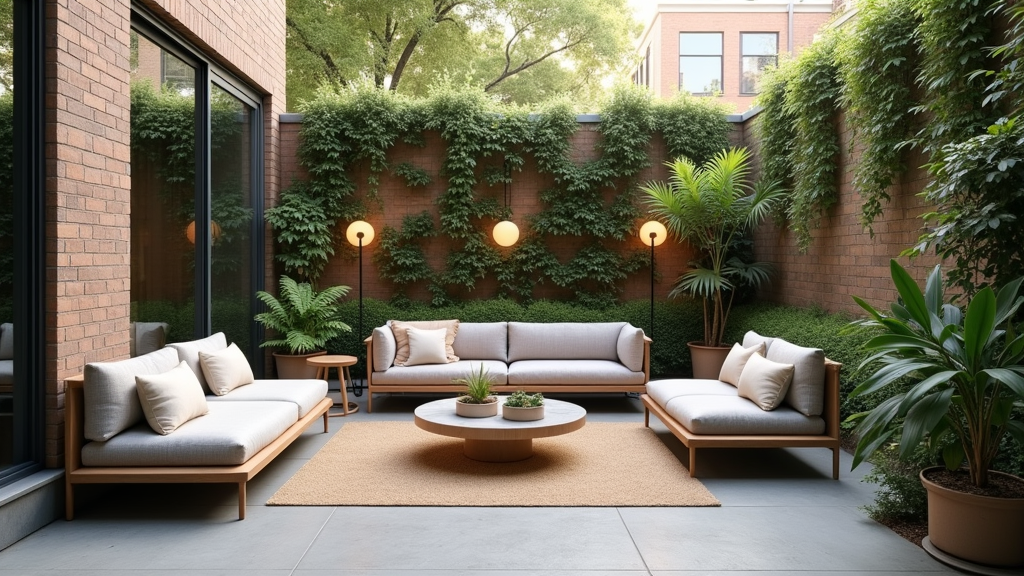
Maximizing Your Space with Multi-Functional Furniture
The first big strategy involves furniture that does more than one job. When space is tight, every piece of furniture has to work extra hard to serve multiple roles. Multi-functional furniture is all about getting more from less. Instead of choosing items that are purely decorative or only serve one purpose, opt for pieces that offer storage, seating, or conversion options all in one.
For example, folding tables and chairs can be easily set up for a meal and then folded away when party time winds down. Storage benches and ottomans serve as both a place to sit and hide extra items like cushions, blankets, or gardening tools. Extendable or nesting tables let you adjust your seating or dining area as the need arises. Convertible loungers and daybeds not only create comfortable outdoor seating but can also transform into sun loungers on a lazy afternoon.
Using multi-functional furniture is a smart investment. It not only frees up precious space but also reduces clutter. When you have fewer pieces of furniture doing double or triple duty, it leaves plenty of room to move around, breathe, and relax
.
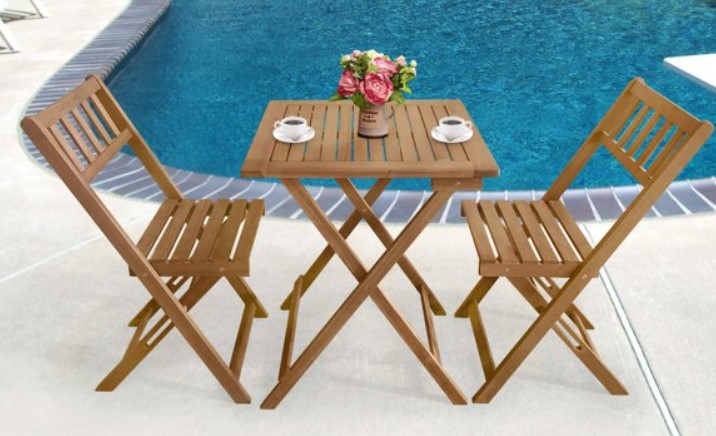
- Folding Tables and Chairs: Allow for easy transformation between a dining setup and a clear, open space when not needed.
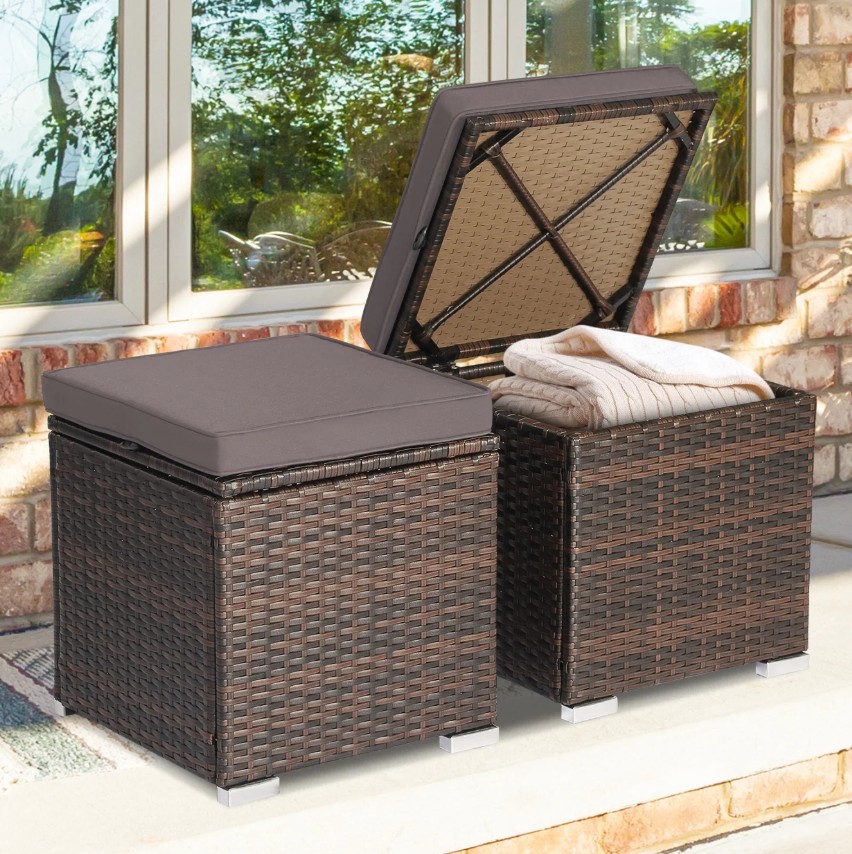
- Storage Benches and Ottomans: Provide extra seating while discreetly hiding items like outdoor toys, cushions, and gardening supplies.
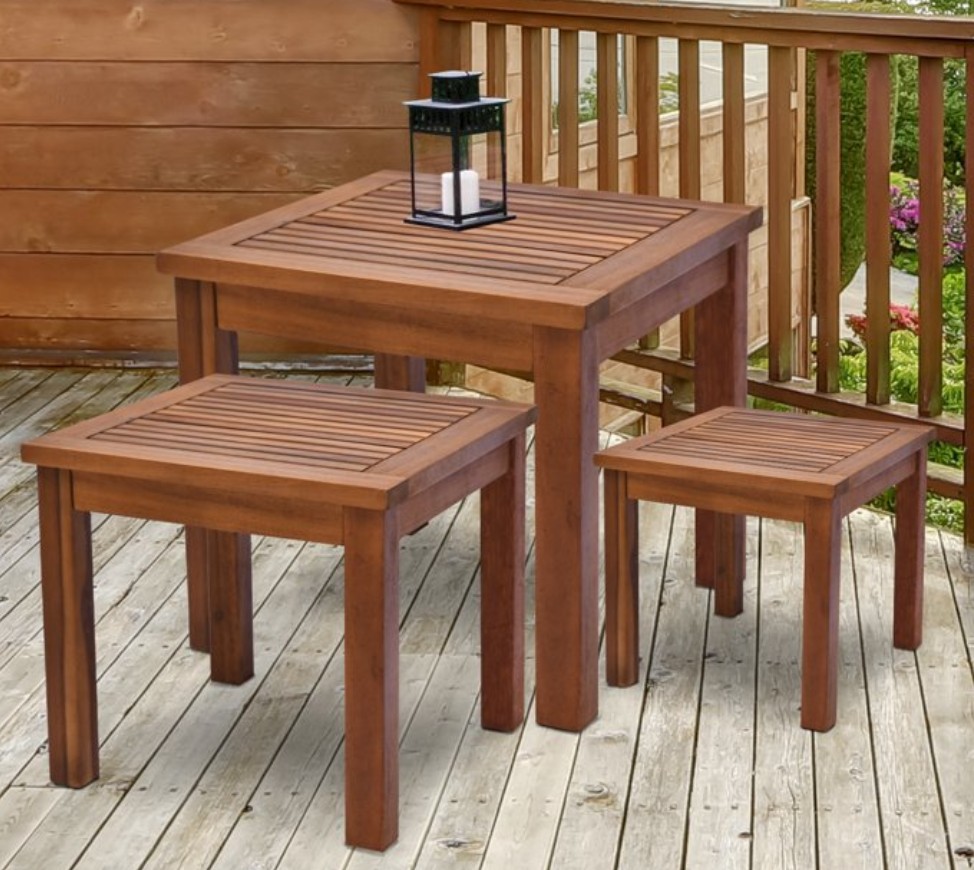
- Extendable or Nesting Tables: Help you adjust your outdoor dining area to fit the occasion, whether it’s an intimate dinner or a small gathering.
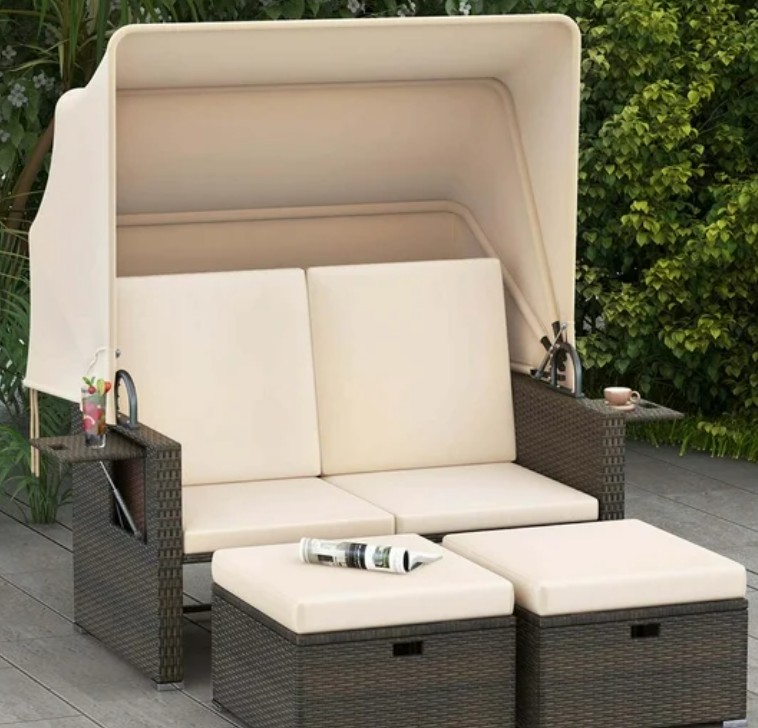
- Convertible Loungers and Daybeds: Offer relaxation options that switch functions based on your needs during the day.
Vertical Gardening: Making the Most of Your Walls
When floor space is limited, think vertically. Vertical gardening techniques allow you to add beauty and greenery without sacrificing ground-level area. The idea is to use walls, fences, and railings as your garden canvas. This way, you keep the floor open while enjoying lush, vibrant plantings that can also improve air quality.
One popular option is wall-mounted planters and shelves which can house a variety of potted plants, herbs, or succulents. Using these provides an easy way to move your garden indoors if weather conditions turn too harsh. Hanging baskets are another excellent choice, allowing plants to dangle gracefully and create a cascade of flowers or greens.
You can also try DIY projects like pallet gardens or tiered plant stands. These projects bring an organic look to your outdoor space while optimizing every inch of wall area. Vertical gardening not only fills your space with color and life but also allows you to customize the look of your garden.
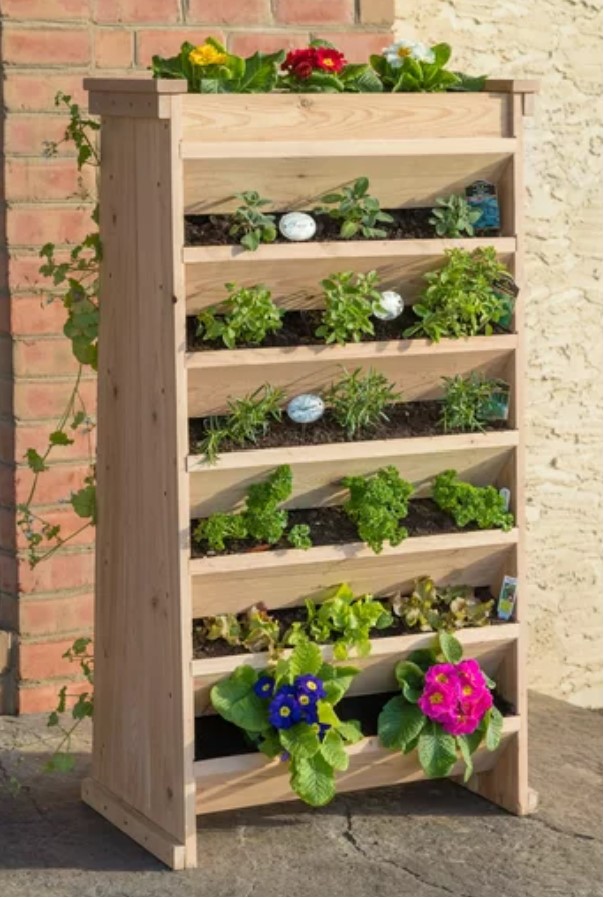
- Wall-Mounted Planters and Shelves: Offer organized displays for your favorite plants without any floor clutter.

- Hanging Baskets and Trellises: Free up space while adding height and visual interest.

- DIY Pallet Gardens: Repurpose old pallets into charming garden displays.
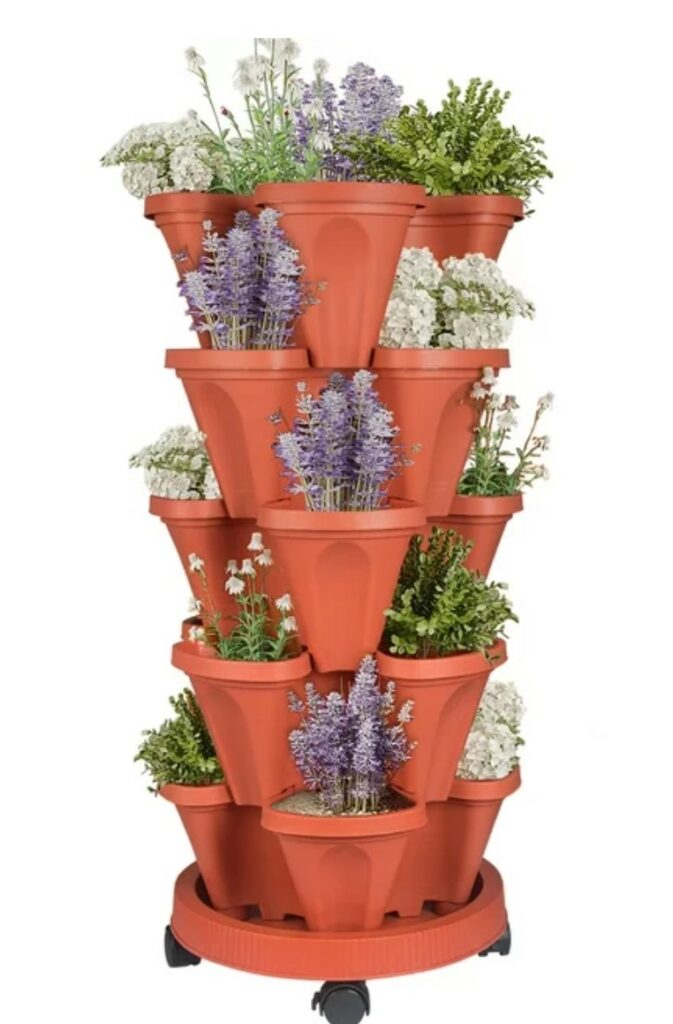
- Tiered Plant Stands: Create a mini-garden that maximizes vertical space with multiple layers for planting.
Smart Storage Solutions to De-Clutter Your Outdoor Area
A messy outdoor space can quickly feel even smaller. Clever storage solutions are essential when working with limited space. The trick is to choose storage methods that are available but unobtrusive. Benches with hidden storage compartments keep everyday items neatly tucked away. These benches can double as seating and storage boxes, letting you hide away cushions, gardening tools, or even outdoor toys.
Wall-mounted hooks and racks are very effective for things like gardening gloves, watering cans, or even decorative lanterns. They let you use vertical space to organize, rather than clutter the floor. Another approach is to use folding or stackable furniture, which can be stowed away until needed, keeping your outdoor space flexible and calm.
Under-table or under-bench compartments can further store items that you don’t need every day but want to keep easily accessible. By using these tactics, your small outdoor area remains tidy and inviting, and you can quickly set up or break down furniture as needed.
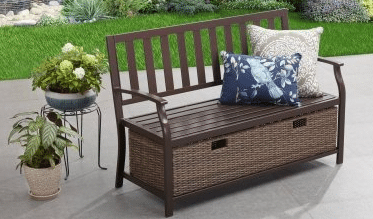
- Benches with Hidden Storage: Serve dual purposes by hiding items while providing extra seating.
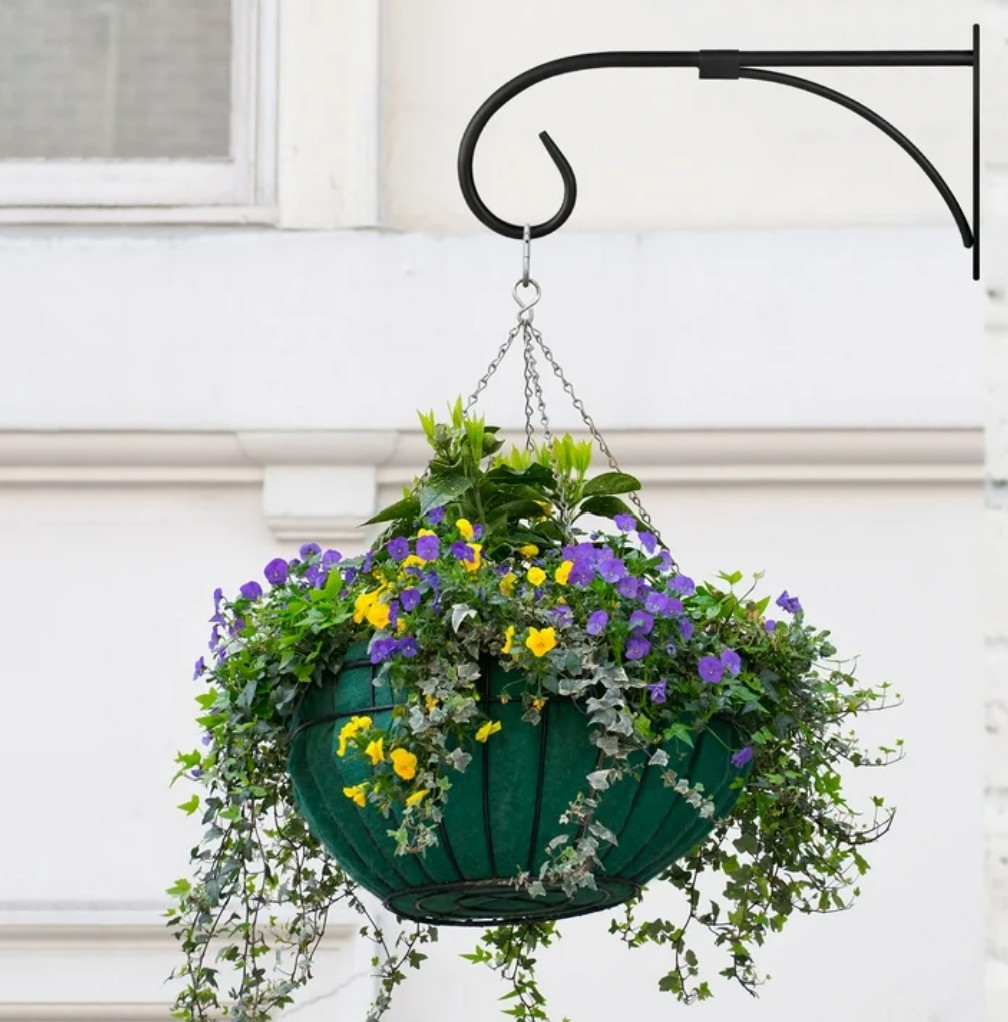
- Wall-Mounted Hooks and Racks: Offer smart solutions for hanging items off the ground.
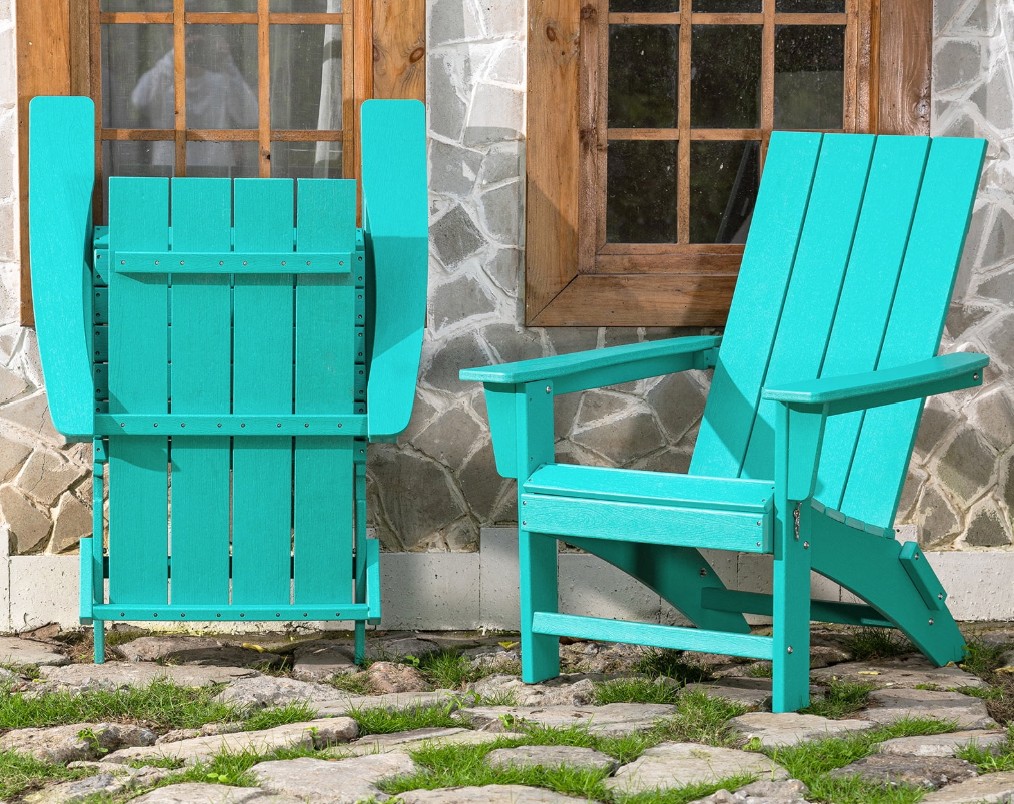
- Folding or Stackable Furniture: Allows you to quickly transition from a fully outfitted space to an open, relaxing area.
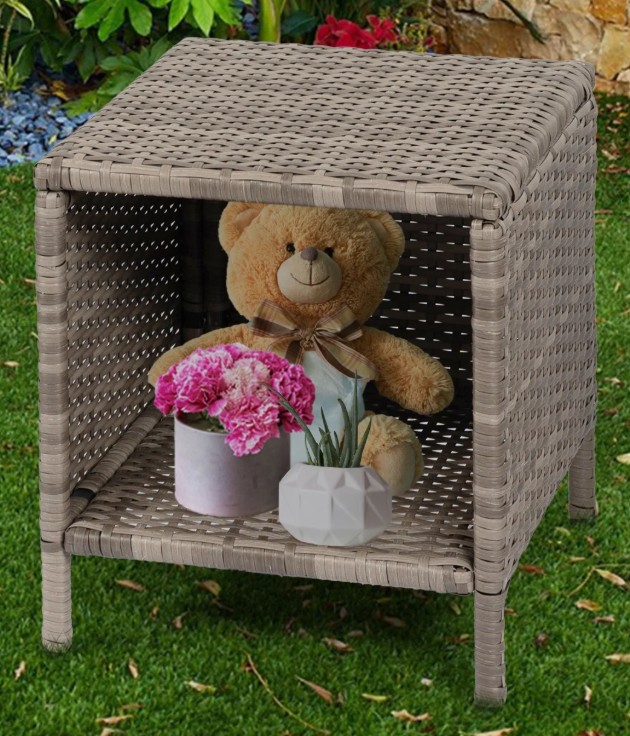
- Under-Table or Under-Bench Compartments: Provide discreet areas for storing little essentials without sacrificing style.
Creating Compact Seating Arrangements
Seating is the heart of any outdoor space, but when there isn't much room, traditional seating arrangements can create clutter. A great approach is to opt for compact seating arrangements that create cozy nooks without obstructing the pathway or taking up too much space.
Bistro sets designed for two people work beautifully on small patios or balconies. These sets don’t overwhelm the area and still invite intimate gatherings. Built-in seating options, like benches installed along a wall, provide both structure and a sense of permanence, making your space feel organized.
Stackable or foldable chairs offer flexibility. When you’re hosting guests, they can be arranged to create conversation areas and then easily stored when the party winds down. Another creative solution is corner seating, which makes use of otherwise wasted areas while sculpting an inviting, semi-private nook.
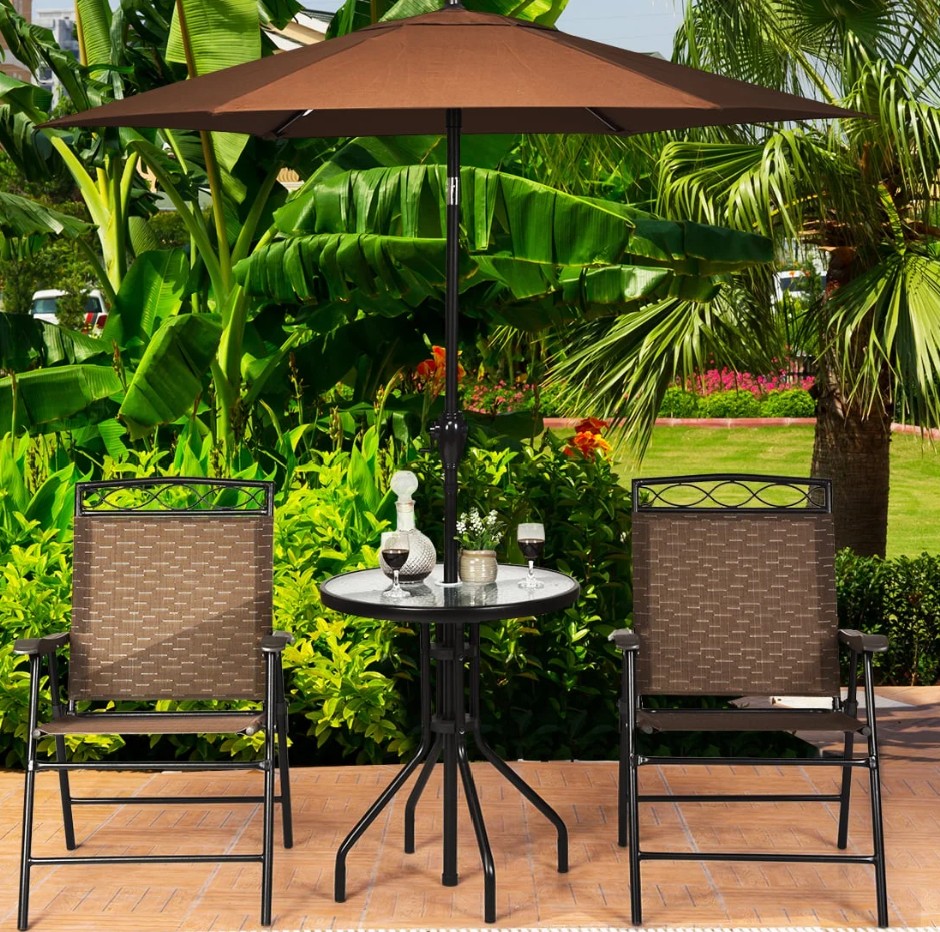
- Bistro Sets for Two: Perfect for small spaces, offering friendly seating without crowding the area.

- Built-In Seating: Utilized along walls to save space and create a seamless look.
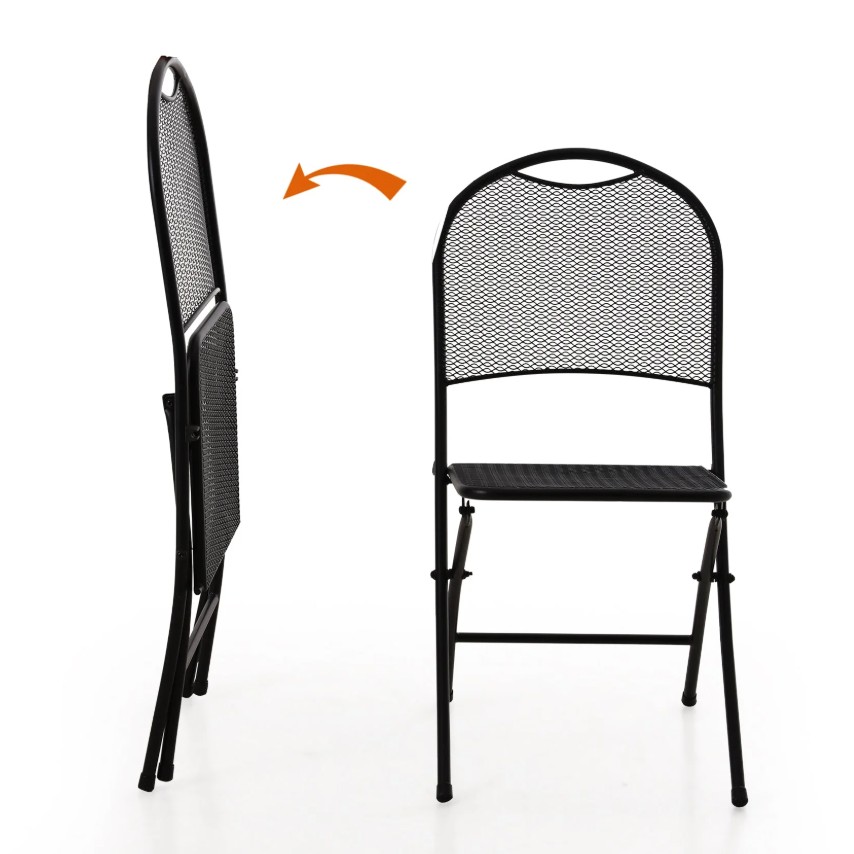
- Stackable or Foldable Chairs: Offer versatile seating that folds away neatly when not in use.
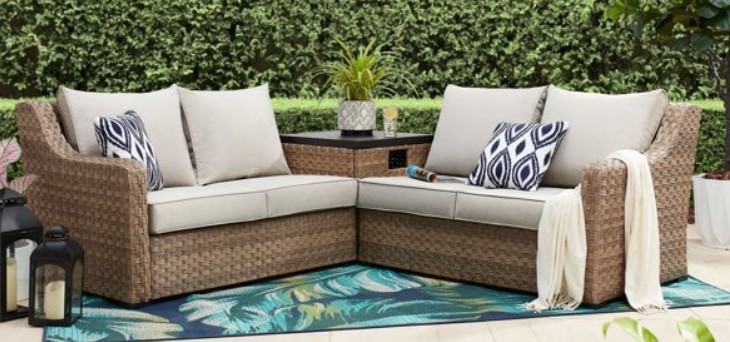
- Corner Seating: Turns unused corners into comfortable seating areas that feel like hidden gems.
Final Touches: Illusions of Space and Clever Decor
The last piece of maximizing your small outdoor space lies in the details of design and decor. Strategic use of light colors and refined, simple decor can visually expand the area. One effective trick is using mirrors where possible. While reflective surfaces are more often seen indoors, they can also make your outdoor area feel much larger.
Minimalistic decor helps maintain a clean look. By limiting decor items to just a few carefully chosen pieces, you avoid overwhelming the area with too much visual clutter. Adding warm string lights or vertical lanterns creates a cozy, inviting atmosphere. The aim is to step up the ambiance while keeping the scene open and airy.
You can bring in natural elements by choosing planters with soft curves and organic textures that blend seamlessly with the greenery from your vertical garden. Decor tricks like these are all about balance. Using the right amount of accessory items to add a boost to the space without making it feel too busy or cramped makes all the difference.
- Mirrors as Illusion Tools: Reflect light and create a sense of expanded space.
- Light Colors and Minimalist Decor: Step up the open feel by avoiding heavy, dark objects.
- String Lights or Vertical Lanterns: Add soft lighting that highlights the space without consuming it.
Frequently Asked Questions
Here are some common questions people ask about designing small outdoor spaces:
Question: How do I make a tiny outdoor area feel larger?
Answer: Use furniture that doubles as storage, opt for light colors, and keep the floor mostly clear. Vertical elements like wall gardens can also add depth without eating up floor space.
Question: What are the best furniture options for small spaces?
Answer: Multi-functional furniture items like folding tables, stacking chairs, and storage benches work well. Remember, the goal is to get the most use from every piece.
Question: How can I integrate nature into a compact space?
Answer: Vertical gardening is a brilliant way to add lush greenery. Wall-mounted planters, hanging baskets, and DIY pallet gardens help you bring nature in without sacrificing floor space.
Question: Are there any budget-friendly tips for small outdoor makeovers?
Answer: Absolutely. Look for multi-use furniture on sale, repurpose items around your home, or consider DIY projects like pallet gardens. Even small decor changes, like a few string lights, can make a big difference.
More Practical Tips for a Functional Outdoor Space
When planning your small outdoor area, it is important to think about how you use the space daily. Start with a clear idea of your needs. Do you want a dining area, a small garden retreat, or a combined relaxation and storage zone? Your choices in furniture and design will ideally suit these functions.
Practicality is key. By selecting pieces that perform multiple roles, you reduce the number of items in the space while stepping up the overall look. Think of your outdoor area as a canvas where every piece of furniture has a purpose. When choosing items, always consider their potential functions, storage capabilities, and how easily they can be rearranged or put away.
Often, it's the thoughtful details that make a big difference. For instance, a foldable table might be hidden in a storage bench or small potted plants might flank seating areas, giving the space an organic flow. This mix of multi-use elements with natural touches creates a balanced setting that is both practical and visually appealing.
Planning Your Layout: Making Every Inch Count
Layout planning plays an important role in maximizing a small outdoor space. It starts with understanding the flow of movement in the area. Avoid clutter and create clear lines that define different zones for seating, dining, and gardening.
Sketch out the space on paper and mark where you plan to place different pieces. This may involve strategic positioning of furniture so that there is enough room to walk around without bumping into tables or chairs. Use corners for extra features like corner seating or special plant displays. When everything is laid out with a clear purpose, the area feels organized and larger than it truly is.
Another tip is to think about the focal point of the area. Maybe it’s a unique piece of decor or an attractive vertical garden installation. Arrange the surrounding elements in a way that draws the eye towards that focal point. This can help in creating a sense of depth and space, even in a compact area.
Maintenance and Adaptability: Keeping Your Space Fresh
Once you have set up your small outdoor space with smart design ideas, it’s important to keep it maintained and adaptable to changing needs. Regular cleaning is essential as it prevents clutter from taking over. Use the storage options built into your furniture to keep items out of sight.
Over time, your needs might change. Perhaps now you need more seating for guests or an extra spot for your plants to flower. The beauty of having multi-functional pieces is that they adapt easily. Furniture can be moved around, storage elements rearranged, and even decor items updated as the seasons change.
Make it a habit to review the setup periodically. Ask yourself if any elements seem redundant or if there’s a better way to organize the area. Small tweaks here and there can inject new energy into the space without requiring a major overhaul.
Low-Maintenance Outdoor Living: Easy Tips for Busy Lifestyles
For many, an outdoor space should be a stress-free retreat, especially for those with busy schedules. Designing your small outdoor area to require minimal upkeep while remaining stylish can truly transform your daily life. Consider installing easy-to-clean surfaces and durable fixtures that can withstand the elements. Materials like treated wood, weather-resistant metals, or resin wicker not only last longer but also require less frequent maintenance.
Adding automated features can also make a big difference. For instance, self-watering planters help keep your vertical garden lush without demanding a lot of your time. Solar-powered lights and simple water features can offer a touch of elegance while minimizing the need for constant monitoring. Many modern outdoor products are designed with busy lifestyles in mind, letting you enjoy a vibrant space without the constant upkeep typically associated with outdoor maintenance.
Another practical tip is to choose decor that can handle the unpredictability of weather. Outdoor fabrics, weatherproof cushions, and bold, low-maintenance planters not only look great but last longer under sun and rain. This approach lets your outdoor retreat stay inviting even when conditions are less than ideal. Emphasizing ease of care in design can truly set your space apart, making relaxation simpler and more accessible.
Take advantage of storage ideas discussed earlier to ensure that any outdoor accessories can be quickly tucked away when not in use. In many cases, less clutter leads to less cleaning. By keeping your supplies organized and out of sight, you maintain a pristine look with minimal effort. Overall, the goal of low-maintenance outdoor living is to allow you to enjoy your space without spending too much time on upkeep.
Advanced Design Ideas: Customizing Your Outdoor Retreat
For those who want to go beyond the basic tips, several advanced design ideas can further step up your small outdoor space. Consider custom solutions that fit the unique shape and features of your area. Custom-built furniture or bespoke garden features might seem like a larger investment, but they can be designed to fit perfectly and maximize every inch available.
Your outdoor retreat should reflect your personality. Think about incorporating custom color palettes, unique materials, and creative lighting that ties the entire space together. The aim here is to create an outdoor haven that feels personal and curated. You might include personalized touches such as handcrafted pot holders, solar-powered decorative lighting, or even a small water feature that accentuates the natural vibe. When the design is thoughtfully executed, even the smallest outdoor space can feel like a luxurious escape from everyday routines.
This advanced approach is not just about choosing one or two standout pieces; it is about creating an all-in-one environment where every element plays its part. Each component from seating arrangements to lighting, from storage to greenery, works together to form a coherent design that is both practical and visually appealing. In a well-customized space, the careful attention to details truly makes a difference, turning a modest outdoor area into a personal sanctuary.
Wrapping Up
Maximizing a small outdoor space is all about smart, thoughtful design. By integrating multi-functional furniture, embracing vertical gardening techniques, and implementing clever storage solutions, you can transform even the tiniest area into a welcoming retreat. Compact seating options and sophisticated decor further step up the space, making it both functional and beautiful. Every small outdoor area carries a huge potential to be a peaceful haven. It starts with planning and a willingness to think outside the box. Experiment with the ideas shared here and customize them to fit your unique space and style. With creativity and a little bit of effort, you can enjoy a tiny outdoor area that feels big in both function and design.
Feel free to share your ideas and results with friends or online communities. Many have found success by mixing and matching these design strategies, and your insights might inspire someone else. Enjoy the process of turning your small space into a delightful retreat that not only looks fantastic but also fits seamlessly into your busy lifestyle.
